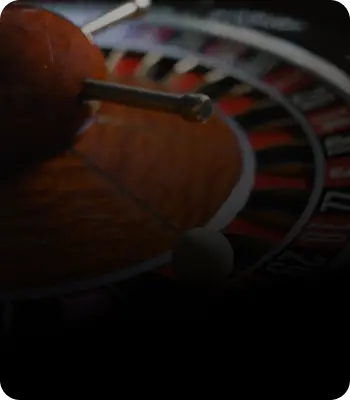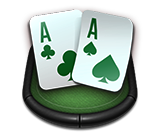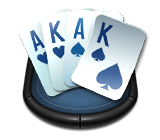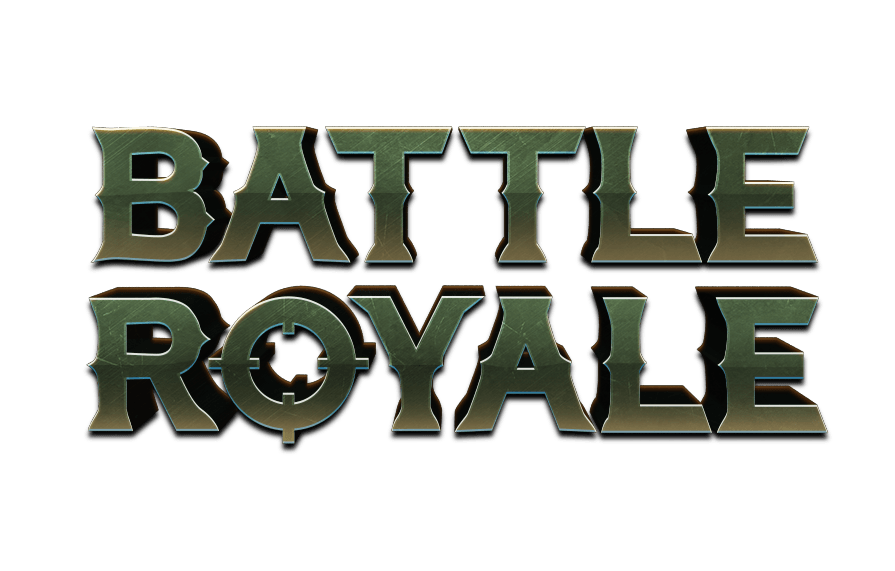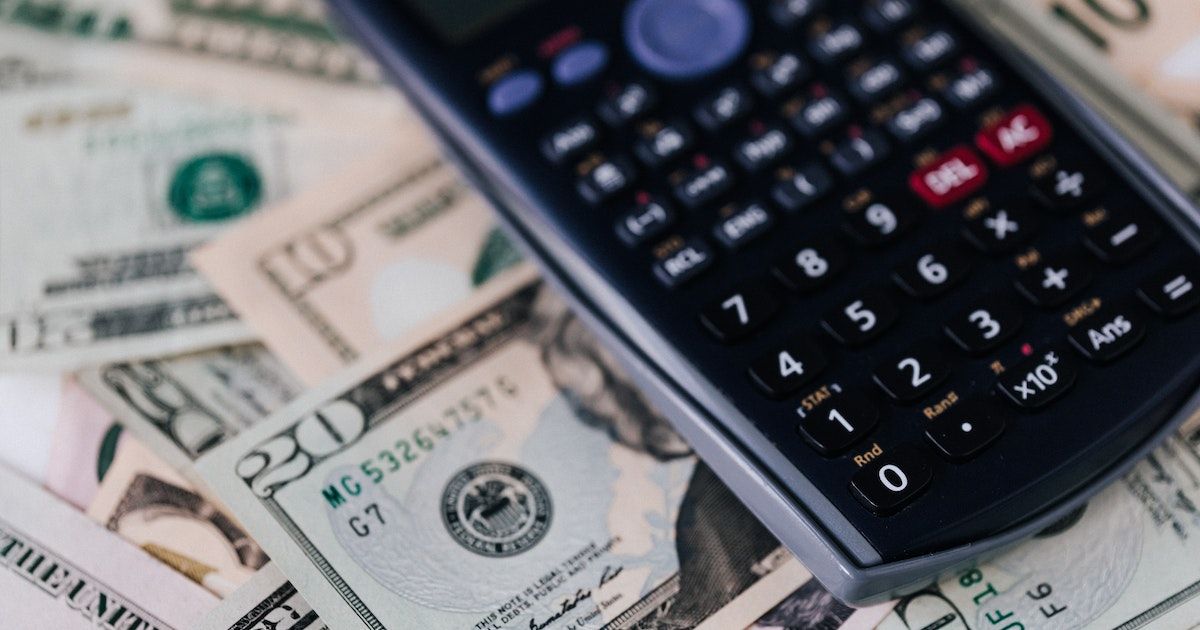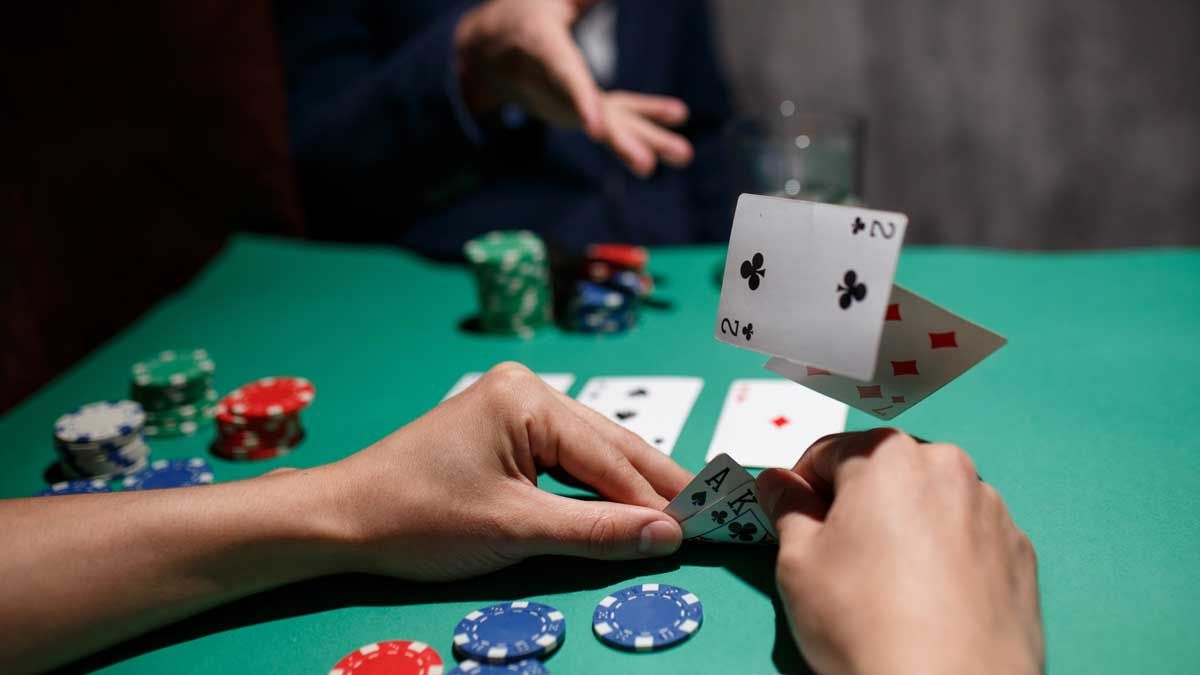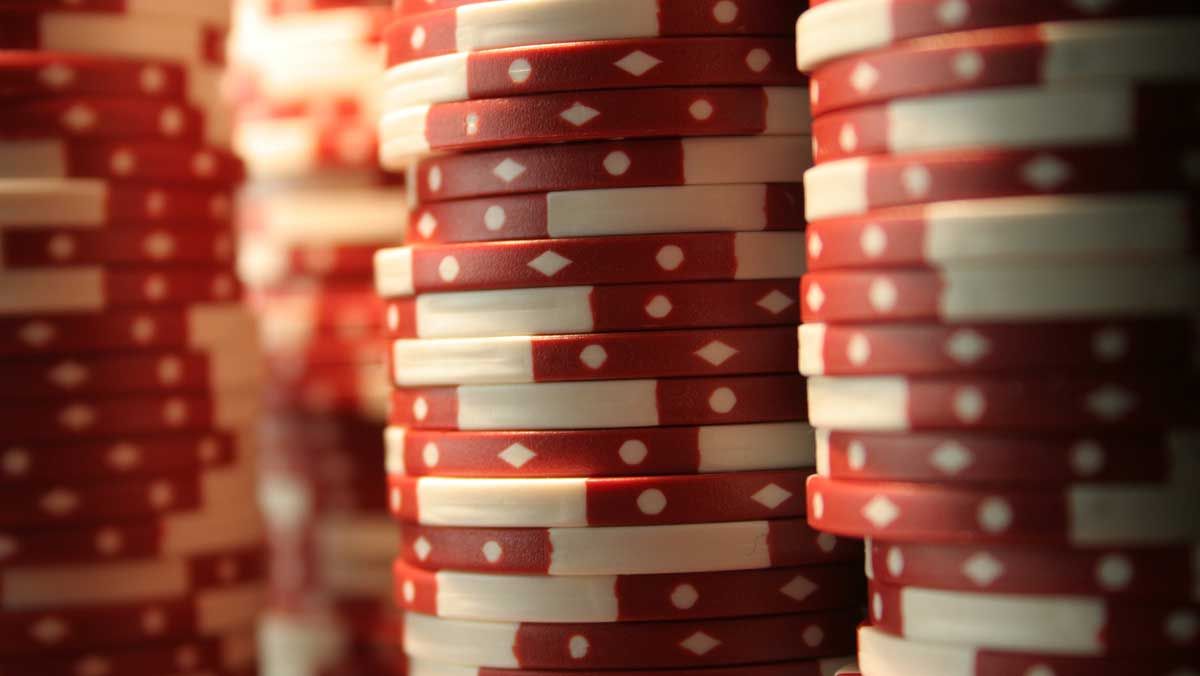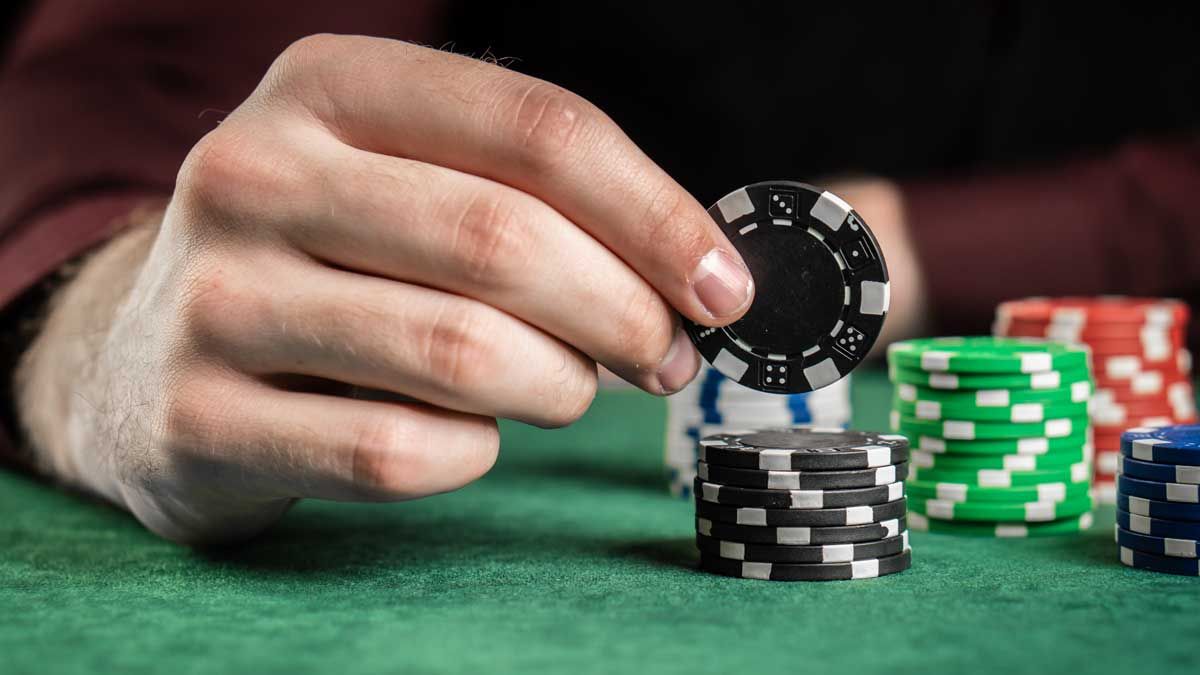
Have you ever tried to get creative on the flop with a check-raise bluff, only to immediately regret it? In our latest article aimed at improving your poker game, we’ll look at what to do in these specific circumstances.
Check-Raise Bluff is an important strategy if you want to regain control of the hand and put pressure on your opponents. A check-raise is when in a betting round you choose to check first and then raise after your opponent's bet, essentially trapping more money in the pot. Check-raising is considered one of the strongest moves one can make in Texas Hold'em and is even banned in some rooms and casinos.
Why Check-Raise Bluff At All?
There are many valid reasons why you might want to try check-raise bluffing on a flop. In fact, we’d actively encourage it. After all, if you raise pre-flop from an early position and find a caller, you’re at a post-flop disadvantage. You’ll be out of position for the rest of the hand.
In truth, most players just don’t check often enough in this spot. It’s almost a reflex action to just automatically fire the continuation bet. The opponent expects it, and you probably feel like you should just make the bet anyway.
But what hands are in your opponent’s calling range? It’s likely to look pretty similar to your own range, only you’re out of position. As such, this can be a prime spot to just try and control the pot. But the check-raise can also be a very powerful weapon here.
Overall, check-raising can be a valuable strategy to protect your checking range as well, as you're checking more frequently and don't raise suspicions, making it more difficult for your opponents to know when you bluff.
Use this deceptive play to regain control of the hand and put a lot of average holdings under pressure to fold.
Playing The Turn After Check-Raising The Flop
If you’ve opted to mix in a check-raise on the flop with nothing, you’re obviously hoping for a fold. But what happens if you find a call? It can be tricky to know how to play the turn. Here are some factors to think about.
Range Considerations
Think about your own range on the flop. Why? Because you need to sell your opponent a believable story. What hands could you realistically have here where you’ve opted to check-raise for value?
Whatever went down before and on the flop will naturally shape this. Regardless of your perceived range looks, this will help you decide what to do on the turn. Any action you take on the turn that is inconsistent with your story will activate alarm bells with your opponent.
Bet Sizing
Similarly, you really need to think about your bet sizing. If you have a strong value betting range and a sizable wager is appropriate, bluffing big after your opponent bets will obviously be consistent with your story. So, as scary as it might be, you’ll just need to go with it.
Don’t just default to a standard bet size of two-thirds of the pot, though. Consider mixing things up based on the board’s texture. If the turn card completes a draw, it doesn’t make sense to over-bet the pot, as this doesn’t feel believable. But a brick on the turn, which makes no difference to your opponent’s range, could be a nice situation to overbet.
Consider Slowing Down
A common mistake is to keep on bluffing once the game is up. However, just because you made a bold play on the flop doesn’t mean that you need to take a kamikaze approach for the remainder of the hand. If it feels right to slow down, then do so.
A handy tip to keep in mind concerns equity. If the turn card brings something which improves your chances of winning at the showdown, then it’s worth considering. But if that same card does nothing to improve your hand or even makes it less likely to win, dump it.
For instance, let’s say that you raised a pre-flop with K-J of Clubs. The flop was A-9-3, and you opted to fire a check-raise bluff. The turn brought the 6. You had air on the flop, but now you found yourself drawing to the nut flush on the turn.
Now that you have some actual equity, you can feel a lot better about firing again in that spot. But if it were the 6, for instance, you should probably ease up.
In the big blind, you should be raising flops made by the pre-flop raiser that has no nut advantage while also applying a more conservative approach when you're at a disadvantage.
How To Handle Being Check-Raised On The Flop
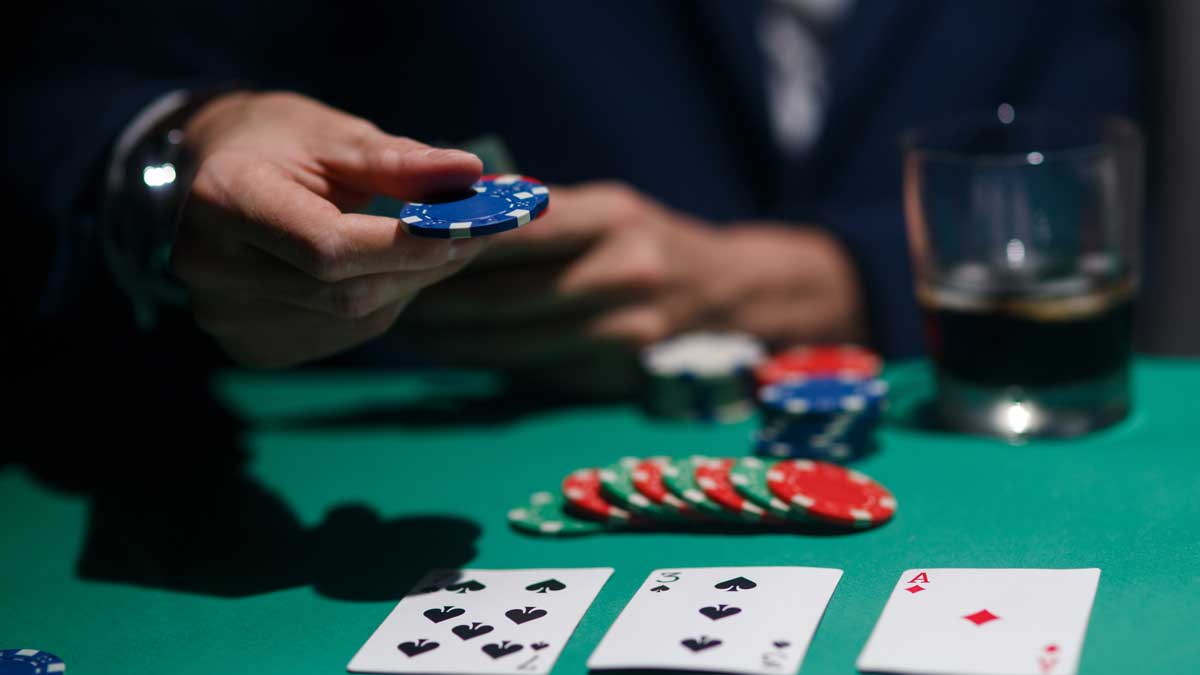 What about when the shoe is on the other foot? What is the right thing to do when you are in an advantageous position and are facing the check-raise on the flop? As is often the case in poker, it depends. Let’s run through some examples.
What about when the shoe is on the other foot? What is the right thing to do when you are in an advantageous position and are facing the check-raise on the flop? As is often the case in poker, it depends. Let’s run through some examples.
Hand Example – Pocket Queens
Imagine you were holding pocket Queens Q-Q, and you 3-bet a player in mid-position pre-flop. They made the call, and the flop brought a fairly unthreatening T-5-2. Your opponent checked to you. Naturally, you bet out, only to find yourself raised.
In this situation, it seems clear-cut. What can possibly be in their range? Aces would most likely have a 4-bet pre-flop, so the only real danger is a flopped set. That’s a very real threat, but it’s not especially likely. Call the bet and see what your opponent does on the turn.
If they check, you can feel confident about your hand and bet. But if they bet, look to control the pot as it’s going to be difficult to give up.
Scarier Flops
Let’s take the same hand and identical pre-flop betting. However, this time, the flop was A-8-7. Your opponent checked. At this point, it seems correct to bet for value and to figure out where we are in the hand. But what if your opponent elected to check-raise? What should we do here?
Once again, the answer is to call. Your opponent’s range here is quite polarised. It’s made up of semi-bluffs (drawing to the straight or flush) or big hands. We don’t want the pot to get out of control in case it’s the latter. However, we still have a strong hand of our own, so we shouldn’t be going anywhere just yet.
Conclusion
To wrap up, there are lots of reasons why you might want to bluff the flop with a check-raise. And while it never feels nice to find a call when you have rags, there’s no need to panic. Keep in mind that while you do not have to bluff the next two streets, you can if it suits your story. Think about your range and size your bets accordingly. Good luck!
Check Raises FAQs
Q: Is check-raising illegal?
Check raise is outlawed in some small-stakes casinos, selected games, and poker rooms, which consider it an aggressive and unfriendly tactic. However, in many tournaments and games, it is perfectly legal to bluff and semi-bluff using check-raising.
Q: What is a good check raise percentage?
Generally speaking, a proper percentage of check-raising is kept around 10% to 15%. Anything below that can suggest you're check-raising for value, whereas a higher percentage suggests that you're prone to bluff, making this move significantly less effective.













